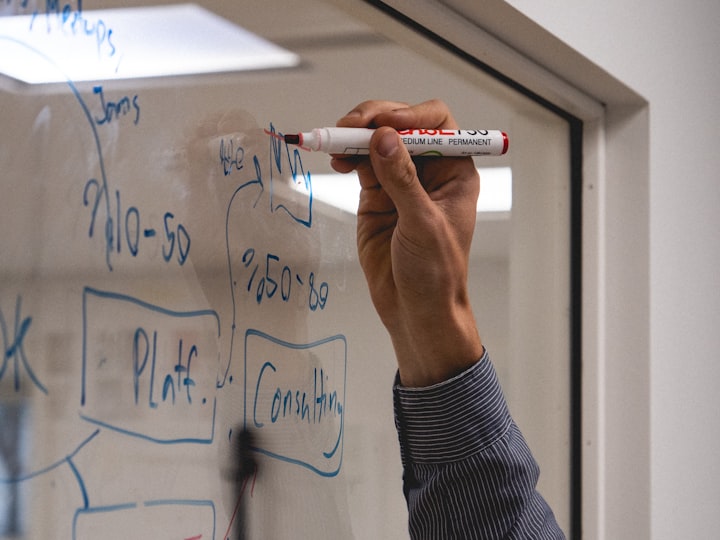Do you have ready options?
Exploring the power of ready options.

There was a time when I loved my “to do” lists. Making a list of all the things, doing them, checking them off can provide a great sense of accomplishment! But to do lists can also provide a lot of stress and anxiety — at least for me. There are often so many things to do and so little time to do them all. I find that to do lists can make this worse, creating unhelpful anxiety. I still enjoy a good to do list to help focus my time and attention, but these days I normally only make a to-do list for up to a day and then rip it up at the end of the day, adding any remaining items to my backlog as options for the future. Actually, now that I think about it — options are really my new favorite thing! And options are way more enjoyable than to do lists!
So what are options? An option is “a thing that may be chosen”. An option is something I might do someday. But an option is also something that I might never do. I also like options because I am sometimes a forgetful person. Keeping a backlog of options helps me to remember those things — things I might do around the house, things I might want to learn, adventures I might want to take. But because I think of them as options vs to-dos they cause me much less stress and anxiety. To-dos are commitments, but options are not commitments. And because I accept that I might never do them, options work a lot better for me.
One of the biggest differences between an option and a commitment is an expectation. If I commit to doing something and I don’t do it, there is a mismatch in expectations that can cause me stress and anxiety. Therefore, I like having options available but I don’t make a commitment until the last responsible moment. That last responsible what?! The last responsible moment is that latest moment to which the commitment can be delayed without adversely implanting the outcome. For example, if I’m going on a camping trip over the weekend, the last responsible moment for making that decision is probably Thursday night for me so that I have enough time to pack, get groceries, identify options for hikes. For me, delaying the last responsible moment as long as possible is ideal so that I don’t have to make commitments and therefore don’t set expectations until as late as possible.
Over time, I’ve come to realize that to delay the last responsible moment as long as possible, I need ready options. That is, the options need to be ready to choose — ready to do with minimal preparation. I’ll continue the camping example. I have this concept called Adventure Cards. An Adventure Card — AC for short — is an option for an adventure. It might be a camping trip, a hike, a kayaking trip, etc. I created the idea of an AC because there were a few times when it was Friday afternoon and I wanted to go on a camping trip and I realized we don’t have enough time to get ready and leave. I didn’t really have a ready option. Therefore, I started creating ACs — a ready option. ACs include info such as where I am going, how to get there, sleeping options, activity options, etc. By investing a small amount of effort to make the option ready, I can delay the last responsible moment a bit longer and make a commitment at the last minute — Thursday night for me.
The process of creating an Adventure Card is similar to a spike. A spike is about answering questions. A spike is useful when you don’t have enough information such as “where would we sleep, what could we do” or “how could we fix the loose bricks on our house’s walkway”. A spike is work required to learn enough to make a ready option that can then be chosen later with minimal additional preparation.
While there is potentially some waste in making options ready that are never chosen, I feel the benefits outweigh the costs. Sometimes in the process of making an option ready, I learn more about the true effort required and decide that it’s too much effort. The process of making a ready option can also help to identify alternative ways of achieving the same outcome perhaps with less cost, effort, etc. I also often find it helpful to let an option sit around for a while — over time, I feel more balanced in weighing its cost, effort, etc. Often a new option seems bright and shiny but over time seems less valuable and therefore is rightly never chosen.
While the difference between a to do and an option may seem subtle, it’s been a very meaningful concept in my life that has helped me to have less anxiety, less commitment, and spend more of my time and attention on meaningful things. I hope you find it helpful.
-Adam Zolyak



Comments ()